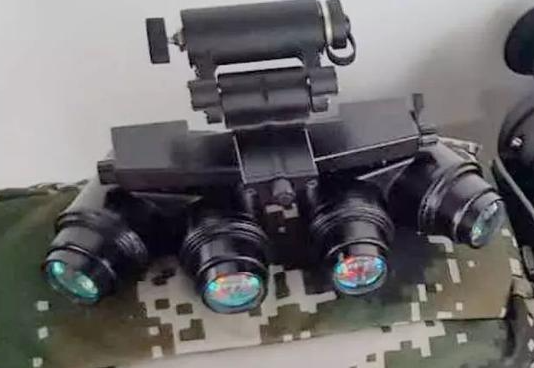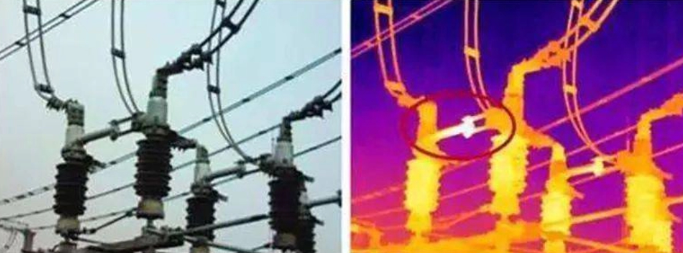Compared with foreign countries, my country's night vision technology started relatively late. Although the low-light night vision technology between China and the United States is about 20 years apart, my country has never given up the pace of catching up in the research of night vision technology. Infrared thermal imaging is one of the very few industries in the high-end manufacturing industry that can form a full industrial chain application in China.
Infrared thermal imaging detectors are the core of infrared thermal imagers and have become the key to the victory of this infrared thermal imaging technology turnaround.

1) China's "turnaround" of infrared thermal imaging
Infrared thermal imaging detectors directly determine the resolution and sensitivity of the final imaging of the equipment. It can help the equipment collect infrared temperature data and thermal distribution information, and use other components to perform imaging to detect the temperature of objects.
In the 1990s, my country used a relatively low-end pyroelectric infrared detector in the field of infrared technology, and all other infrared thermal imaging equipment relied on imports.
Around 2008, my country's scientific research institutes and military enterprises began to focus on the research and development of infrared thermal imaging. "From upstream infrared thermal imaging detectors to midstream chips and movements, and then to complete infrared thermal imagers, we have gradually gotten rid of the dilemma of having to import important components from the United States, Germany, France, and Japan, and the technical blockade, and have also formed an independent and controllable industrial chain for private enterprises such as Guide Infrared, Dali Technology, and Ruichuang Micronano.
Infrared thermal imagers can be divided into refrigerated and non-refrigerated types. At present, my country's non-refrigerated detectors have basically achieved domestic substitution for imports, and the refrigerated ones are still a certain distance away from the top foreign companies.
Refrigerated infrared thermal imagers need to work in ultra-low temperature environments, and have the characteristics of high sensitivity and long range, good concealment, strong anti-interference and strong target recognition capabilities. They are usually used in high-end military fields such as aerospace, ships, missiles, and scientific research. Foreign countries have been able to develop extremely small compressors that can quickly reduce the surface temperature of the detector to minus 200°C, and the process technology and manufacturing costs are also very high.

Non-refrigerated infrared thermal imagers can work at room temperature, although the sensitivity and observation distance are The distance is shorter, but it has advantages in cost, power consumption, weight and life. The process technology threshold is relatively lower, and it can be applied in conventional military fields. It also has great development potential in the civilian market.

2) Extension of infrared thermal imaging in civilian use
In recent years, infrared thermal imagers, as a key layout area of my country's emerging strategic industries, have shifted from military to civilian fields. In 2021, the market size of my country's military infrared thermal imager market reached 38.993 billion yuan, and the market size of the civilian market was 36.541 billion yuan. In the future, with the continuous accumulation and progress in the fields of optics, algorithms, image processing, etc., product applications will gradually tend to high-end development.
At present, it has been applied in industrial production, food safety testing, security monitoring, preventive detection, fire protection, traffic monitoring, assisted driving, civilian night vision and other fields. In the future, with the further development of infrared thermal imaging technology, "Internet +" technology, and miniaturization design technology, the functions of infrared thermal imagers will be further expanded.




